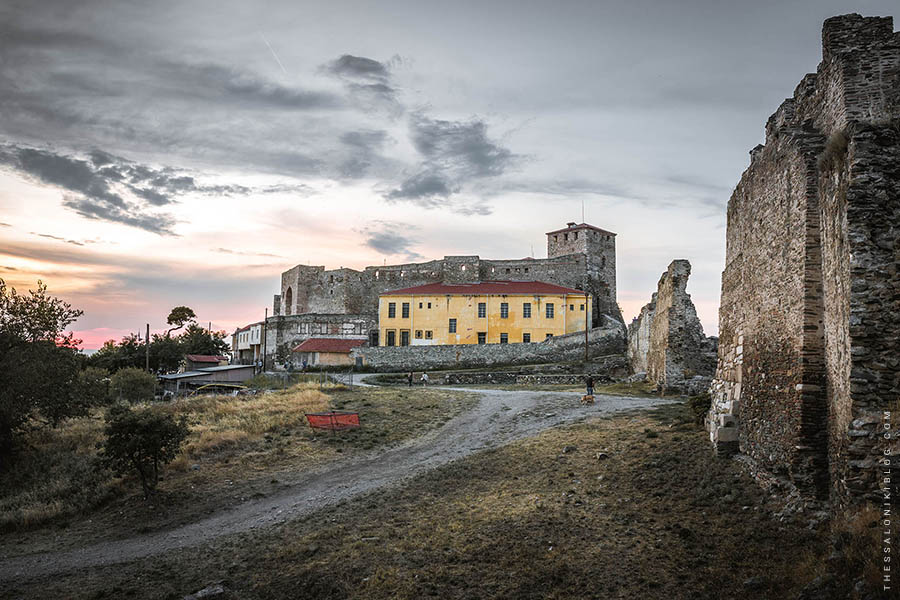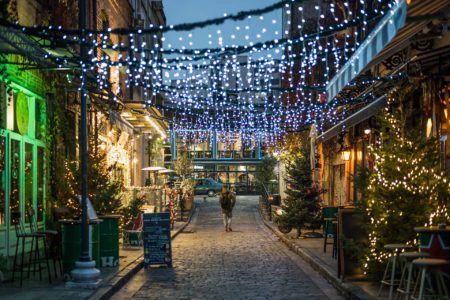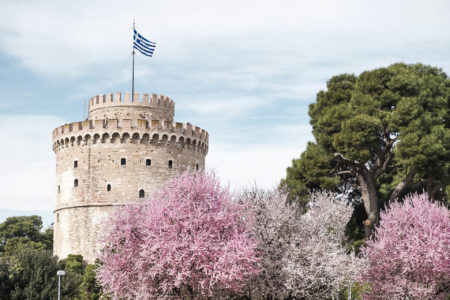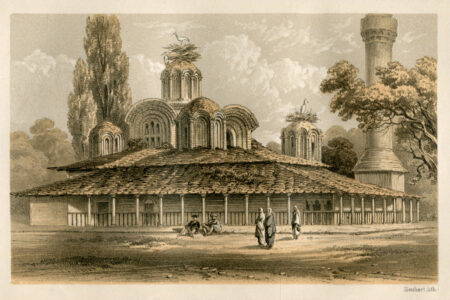15 INTERESTING FACTS ABOUT THESSALONIKI
Thessaloniki is an ancient city with more than 23 centuries of continuous history made of interesting facts, glorious moments, and some of the worst human tragedies in the world.
1
Thessaloniki is named after a Macedonian princess, the daughter of King Philip II and half-sister of Alexander the Great. Her name – a combination of the words “Thessaly” (a region south of Macedonia) and “Nike” (Victory) – was conceived by her father. It was a reference to the victory of the united Macedonian and Thessalian armies against the Phocians at the Battle of Crocus Field (353/352 BC) that preceded her birth. When her Thessalian mother, Nicesipolis, died a few days after she was born, Thessaloniki was taken under the care of Olympias, the mother of Alexander.
The city of Thessaloniki was founded in 316/315 BC and it was named in honor of the princess by its founder, Cassander. He was the infamous ruler of Macedonia to whom Thessaloniki was forced to be married after he executed her stepmother Olympias in 316 BC. Thessaloniki became a Queen after Cassander was proclaimed the King of Macedonia in 305 BC. She was tragically murdered by her son, Antipater, in 295 BC, two years after Cassander’s death.
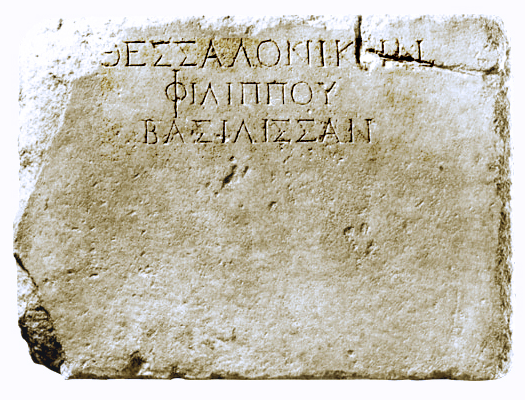
2
On a clear day, Mount Olympus, the legendary “Home of the Gods” in ancient Greek mythology, can be seen in its entirety from Thessaloniki although it stands 80km far in the horizon, across the sea of Thermaikos Gulf. Mount Olympus is the highest mountain in Greece and one of the natural boundaries between the regions of Macedonia and Thessaly. Aristotelous Square and several streets of Thessaloniki are aligned with the axis that visually connects the city with the mountain.
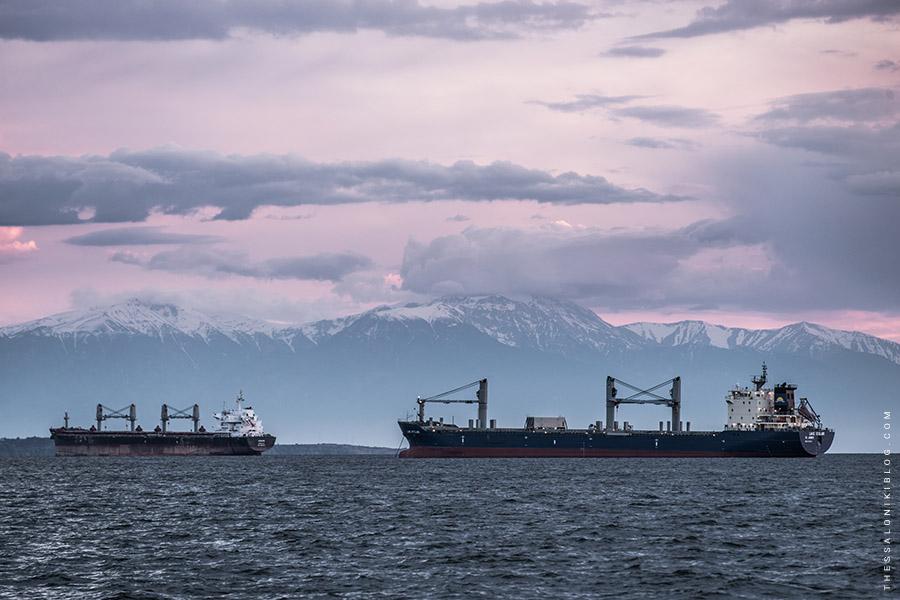
3
The main reason for the founding of Thessaloniki as a new, major port city, was that the narrow inlet that was leading to the port of Pella (the capital of the ancient Kingdom of Macedonia) was starting to silt up, blocking the access of large ships. This natural phenomenon was caused by the continuous deposition of sediments coming from the rivers that run through the area. Today, the ruins of ancient Pella lie 28km far from the sea of Thermaikos gulf.
4
Thessaloniki was one of the first places where Christianity was preached when Paul the Apostle visited the city in 50/51 AD. It was also the place in which Christianity – as it was expressed by the Nicene Creed – was centuries later established as the official religion of the entire Roman Empire. In 380 AD, the three reigning Roman Emperors of the time, Theodosius I, Gratian, and Valentinian II, issued the Edict of Thessaloniki, ordering that Nicene Christianity would be the only doctrine that the Roman citizens should follow. The decision for issuing the edict was influenced by the Bishop of Thessaloniki Ascholius, the priest who had baptized emperor Theodosius I.
5

6
Thessaloniki was the birthplace of the brothers Cyril and Methodius, the inventors of the oldest known Slavic alphabet (the Glagolitic script). After their death, at the end of the 9th century, their disciples created the Cyrillic script based on the work of Cyril and Methodius and the Greek alphabet. The Cyrillic script is used today in the alphabets of most of the Slavic languages.
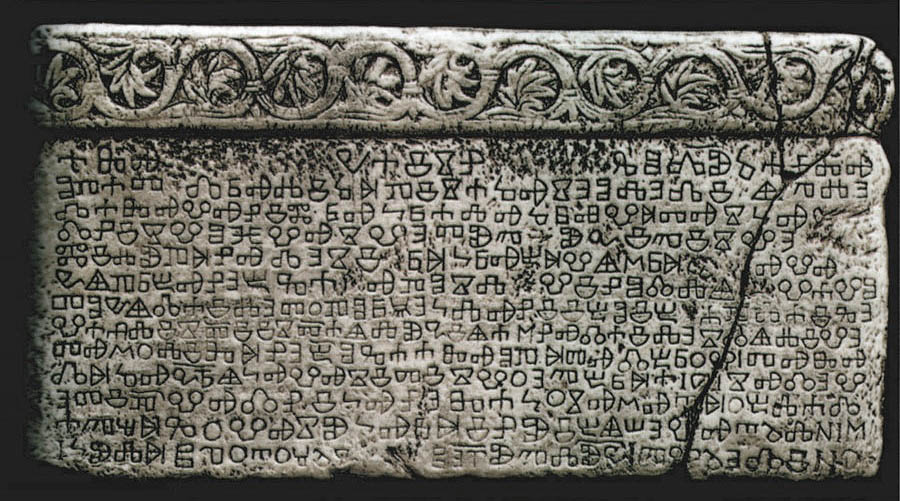
7
The White Tower of Thessaloniki, the symbol of the city in our times, was neither built by the Venetians (as it was once thought) nor by the Byzantine Greeks. In fact, it is an Ottoman building that was constructed in the 15th century AD in the place of an older Byzantine fortification. Its current name was given after it was whitewashed at the end of the 19th century in order to be “cleansed” from the tortures and the executions that had been taking place inside the tower when it was used as a prison. It was a period of reforms for the Ottoman Empire and its previous name, Tower of Blood (Kanli Kule in Turkish), was obviously considered improper.
Its original name was the Lion Tower and later it was also called Fortress of Kalamaria and Tower of the Janissaries. Its infamous name, Tower of Blood, is dated to the period of Sultan Mahmud II when several captured Janissaries were decapitated inside its premises following their revolt in 1826. One more story among the many that are connected with the White Tower is that of the Jewish convict, Nathan Guiledi. He was presumably given the task of whitewashing the tower in exchange for his freedom. Today, not painted white anymore, it is a museum about the history of the city.
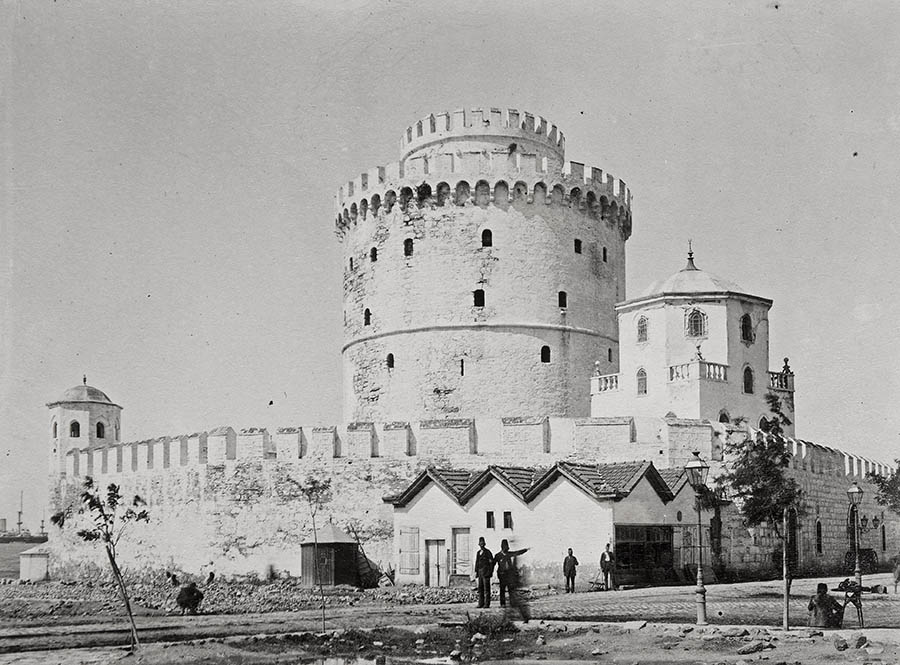
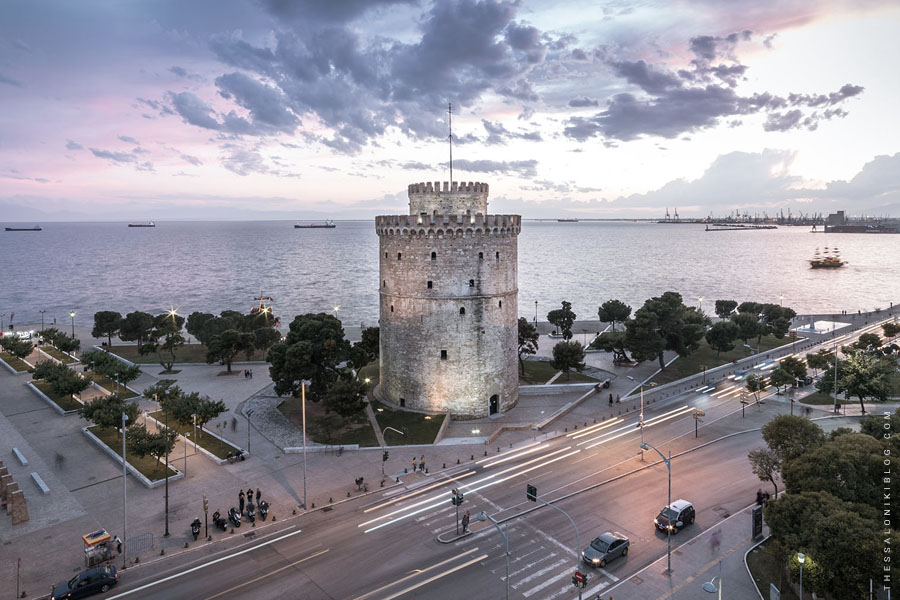
8
During most of the Ottoman Period of Thessaloniki, it was not the Muslims, nor the Christians who were the majority in the city. From the beginning of the 16th century and for the next 400 years, the largest population was that of the Jews. Furthermore, it was the only city in Europe where the Jewish community was the majority and for this reason, Thessaloniki was called “Mother of Israel” and “Jerusalem of the Balkans”. At the beginning of the 20th century, the Jewish population had risen to more than 70,000.
After the refugee influx in Thessaloniki during the Greco-Turkish War (1919-1922) and the population exchange that followed (1923-1924), 160,000 Greek Orthodox Christians mainly from Asia Minor, Eastern Thrace, Pontus, and the Caucasus, were forced to move in the city and, in this hurtful way, Christians became again the majority after almost 5 centuries.
9
Thessaloniki is considered the birthplace of the founder of the Republic of Turkey, Mustafa Kemal Atatürk (1881-1938). Kemal came into prominence after his successful strategy as an Ottoman commander in the Battle of Gallipoli (1915-1916), one of the biggest failures of Winston Churchill and the Allied Powers during World War I. He was also the military leader of the Turkish National Movement during the Greco-Turkish War (1919-1922).
On Apostolou Pavlou Street, next to the Turkish consulate at the southeast of Thessaloniki’s Upper Town, there is the “Atatürk Museum”. The building was given to the Turkish State by Greece in 1935 and it operates as a museum since 1953. In 1955, a bomb exploded in the courtyard of the building causing minor damages. Sadly, the incident initiated the “Instabul Pogrom” against the Greek community causing their massive migration. Six years later it was proven in a Turkish court that the bombing had been ordered by the Turkish government of the time. The Greek population of Constantinople in 1955 was between 80,000 and 100,000 people. Today, it has been reduced to 2,500.
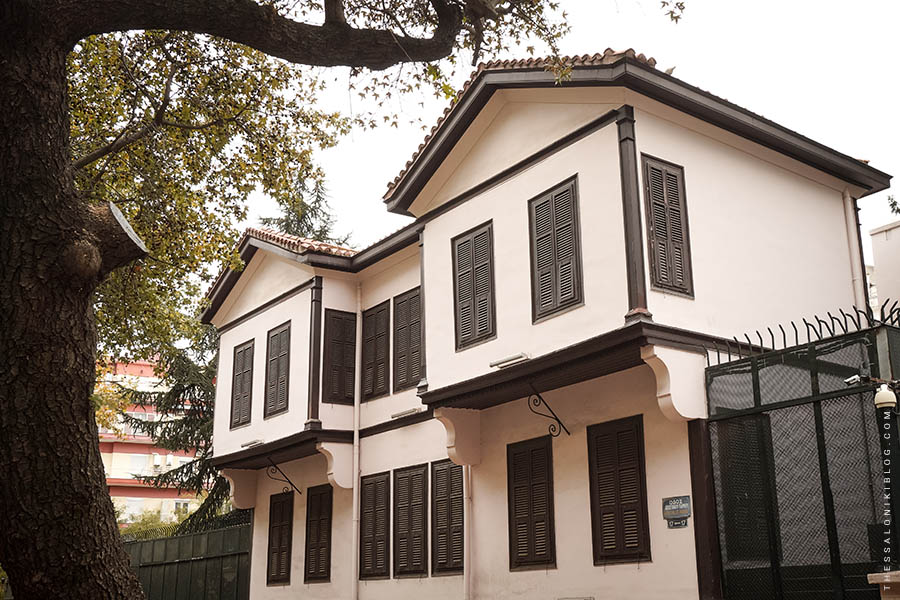
10
During the First Balkan War, the Ottoman garrison of Thessaloniki surrendered the city to the officials of the Greek Army after negotiations on the night of the 26th of October, 1912. For the Greeks, the Liberation of Thessaloniki coincided with the feast day of Saint Demetrius (October 26), the Patron Saint and protector of the city for the Christians since the 4th century. Two days later (October 28), the Greek Army was entering Thessaloniki just a few hours before the arrival of the Bulgarians, who were also claiming the city.
In the months that followed, post-Ottoman Thessaloniki would also be claimed by the Jewish community which was promoting a plan for an independent city that would not be Greek, Bulgarian, or Turkish, but Jewish. At the time, the Greeks were only 25% of Thessaloniki’s total population (39,956 among 157,889 total residents, “Greek Government Census of 1913”) while the majority were Jews (39%). The Bulgarian population, on the other hand, was 4% to 7%.
Greece managed to officially annex Thessaloniki a year later, following its victory in the Second Balkan War that broke out when the former allies turned against each other (Bulgaria on one side and Greece in coalition with Serbia on the other).
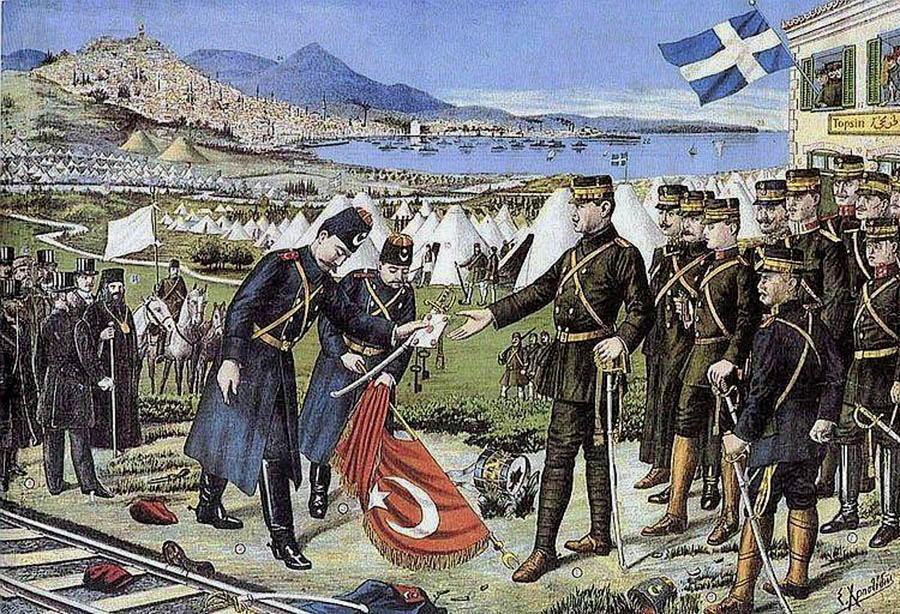
11
In 1917, the Great Fire of Thessaloniki destroyed the largest part of the city’s historic center, leaving homeless approximately 72,500 people of which more than 50,000 were Jews. Even though the destruction was colossal, there were no casualties among the residents of the city. After the fire, Thessaloniki was rebuilt according to a modern European plan by the French architect, urban planner, and archaeologist Ernest Hébrard. Even though his plan was not implemented in full, the largest part of Thessaloniki’s center, as it is today, is based on a “French” design.

12
During the Ottoman period, Thessaloniki had more than 35 minarets. Many of them were additions to the Byzantine churches that had been converted into mosques. Some of the latter minarets were demolished shortly after the Greeks took back the city in 1912/1913 and restored the Byzantine churches to their original use. Others were damaged by fires and earthquakes.
All the remaining minarets were demolished by the Greek administration of the city in 1925 except for the one at the Rotunda. This unfortunate political decision for the cultural legacy of the city was taken in the historical context that followed the tragic events of the Greco-Turkish War (1919-1922) and the population exchange between Greece and Turkey (1923-1924).
13
The Aristotle University of Thessaloniki was built on the ground of a Jewish cemetery that was destroyed during the German occupation of the city in 1942. The site, however, was not desecrated directly by the Nazis, but by the German-controlled Greek authorities of the city who took advantage of the situation to solve an on-going dispute with the Jewish community regarding their cemetery and whether it should be so close to a city that was rapidly expanding.
It is estimated that within its limits there were up to 500,000 graves. At the time it was the largest Jewish cemetery in Europe and probably in the world. Most of the marble tombs were used as building materials.
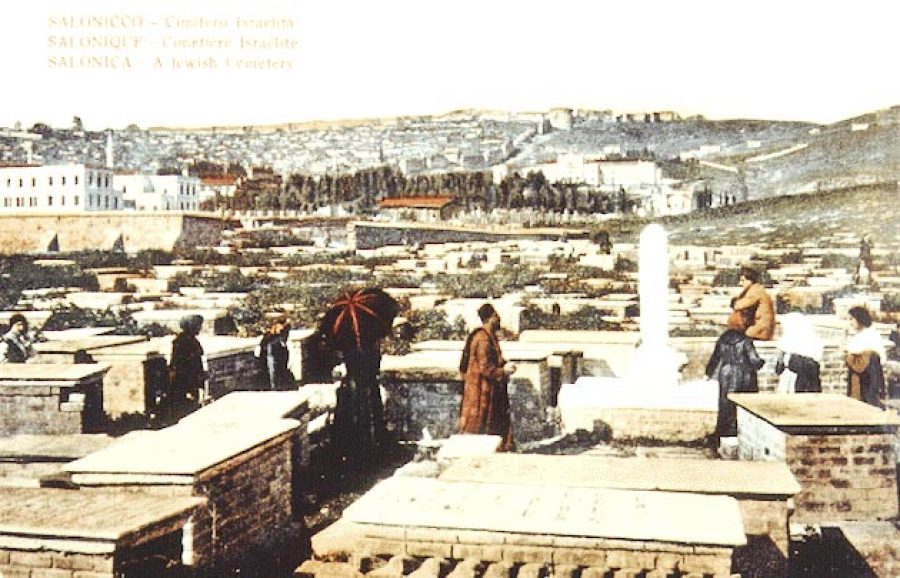
14
In 1943, approximately 45,000-50,000 Jews, up to 95% of the city’s Jewish population at the time, were deported by the Nazis to concentration and extermination camps in Poland and Germany. Most of them were murdered in the gas chambers as soon as they arrived. It is estimated that only 4% of the deported Jews from Thessaloniki survived and even fewer returned. Nowadays, there are approximately only 1,000 Jews that still live in the city.
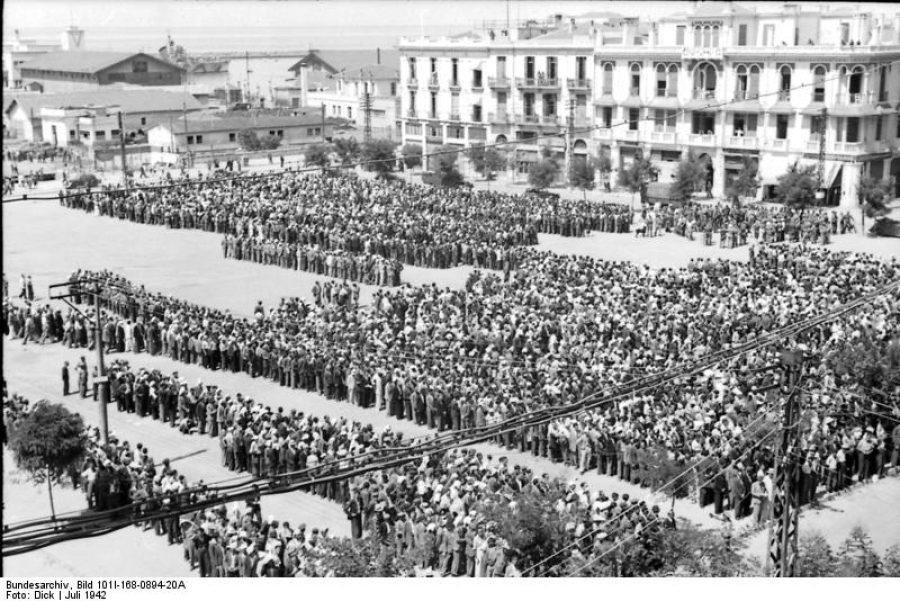
(Bundesarchiv, Bild 101I-168-0894-20A / Dick / CC-BY-SA 3.0)
15
